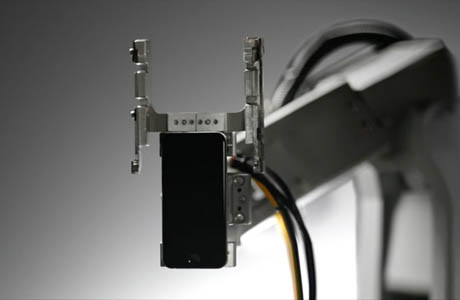
DISASSEMBLY of electronic gadgets could soon become a much more efficient and sophisticated process, if Apple’s new system for deconstructing iPhones – announced on 31 March – is any indicator. The initiative may also mark a new resolve on the part of electronics manufacturers to help tackle the problem of WEEE, given the fanfare Apple appears to have devoted to the announcement.
The robotic system, named ‘Liam’, comprises 29 robotic arms equipped with tools such as screwdrivers and drills. It removes the various components, such as chips, SIM cards, screws and batteries, in a sequential process that looks to be an improvement on traditional approaches used in electronics recycling, such as shredding and magnetic separation.
At present, the system is in the R&D phase, and is only equipped to handle devices in the iPhone 6S range. But Apple says no one else is disassembling products in this way (to the firm’s knowledge), according to a report in tech publication Mashable. The firm has also said it hopes others will be encouraged to copy it, in this instance. The system is already at work in the US, with another apparently nearing production in Europe.
Liam is currently able to disassemble an iPhone every 11 seconds, equating to a turnaround of about 350 units per hour, and 1.2 million per year. At present it seems the intention is to sell the components on to recycling vendors, such as those which focus on particular materials (i.e, copper or cobalt) and turn them into something that can be reused, rather than sending them to landfill.
The project also seems a welcome sign of leadership from Apple, for those who wonder to what extent the responsibility for supporting the resuse of electronic parts will in the future be borne by the equipment manufacturers themselves, who are obviously best qualified to take apart the products they have assembled in the first place.







